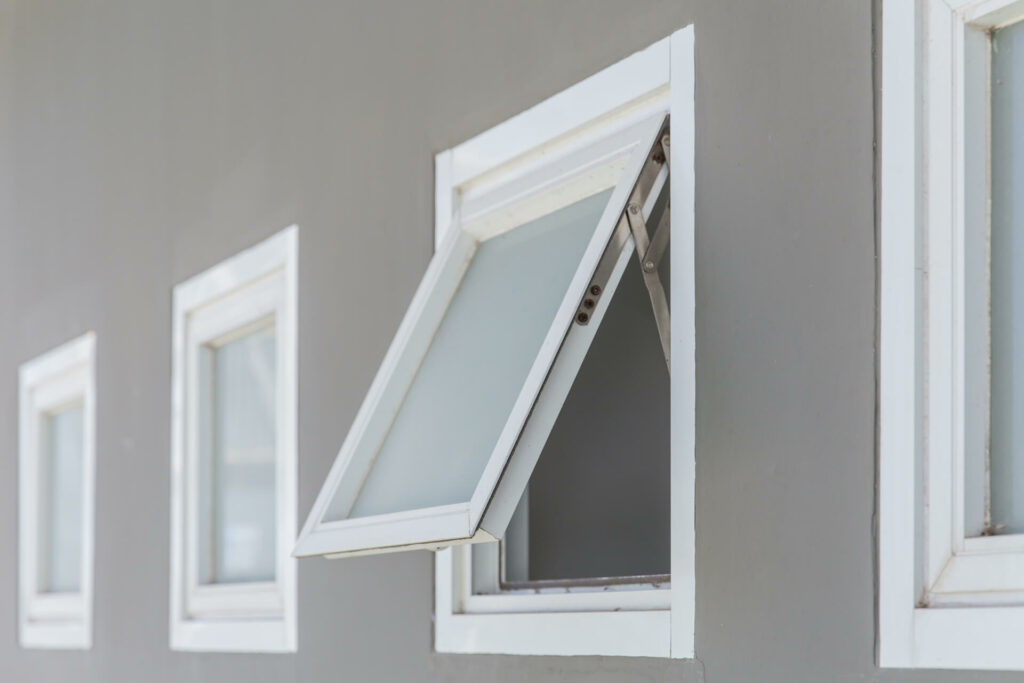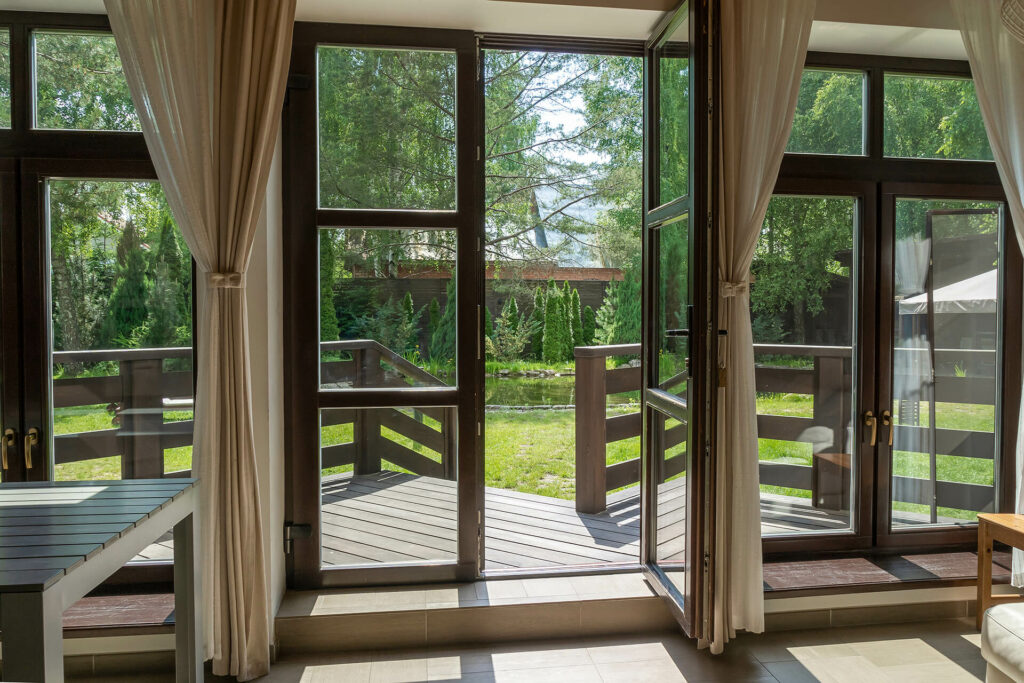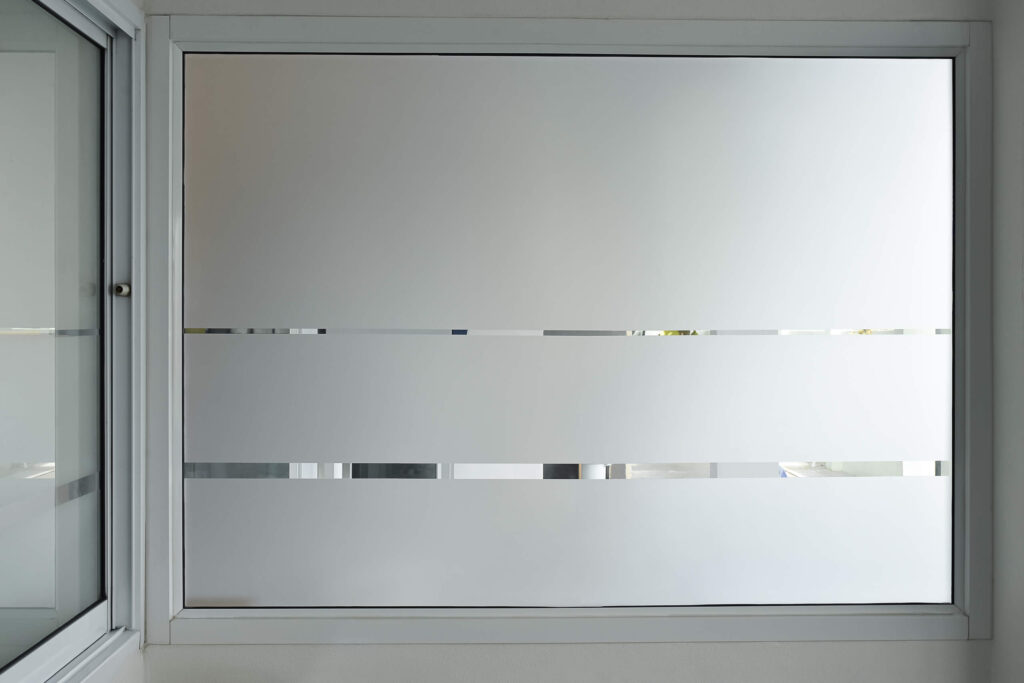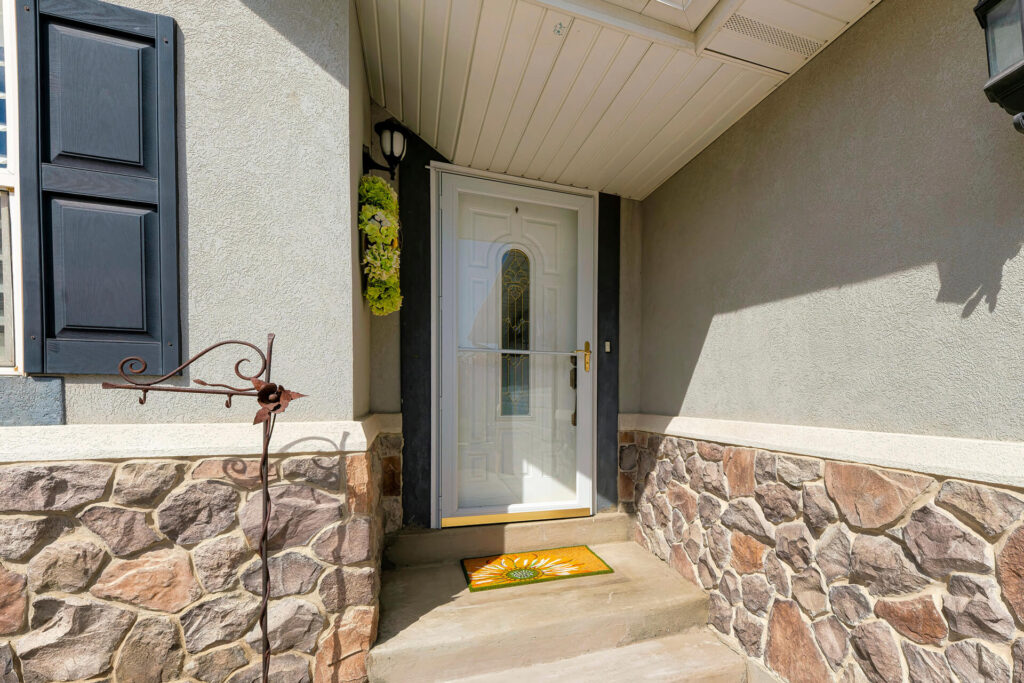Homeowners often face this choice during a renovation: swap every window in one project, or spread the work over a few seasons. The best answer depends on budget, the condition of your current windows, your timeline, and how much disruption you can tolerate. Below is a clear way to decide.
The Quick Take
Replacing all windows at once gives you the biggest immediate gains in comfort, energy efficiency, and curb appeal, and it often lowers the cost per window. Phasing the work lets you manage cash flow and schedule around life, weather, and other projects, as long as you plan the sequence carefully.
When Replacing All Windows at Once Makes Sense
- You have multiple failed units, drafts, or water damage across the home, and you want to stop energy loss now.
- You are already doing exterior work, for example new siding or a full envelope upgrade, so access and finishing are easier in one go.
- You want a consistent look, colour, and glass specification throughout, which is simpler when products are ordered together.
- You intend to sell soon and prefer a single, clean upgrade that shows well in listings and appraisals.
- Your window company offers a significant volume discount that saves you money.
When a Phased Approach is the Better Fit
- Budget is the main constraint and you want to prioritize the worst performers first.
- You need to stage work around seasons. Saskatchewan winters are long and cold, so many owners prefer spring to early fall for installation.
- Your home has areas that are easy to access now and others that require scaffolding or special equipment. You can reduce costs by grouping similar elevations or storeys together.
- You are coordinating with other projects, for example interior trim work, new flooring, or a future addition.
- Phasing works best with simpler window designs and common colours that are easier to match across phases.
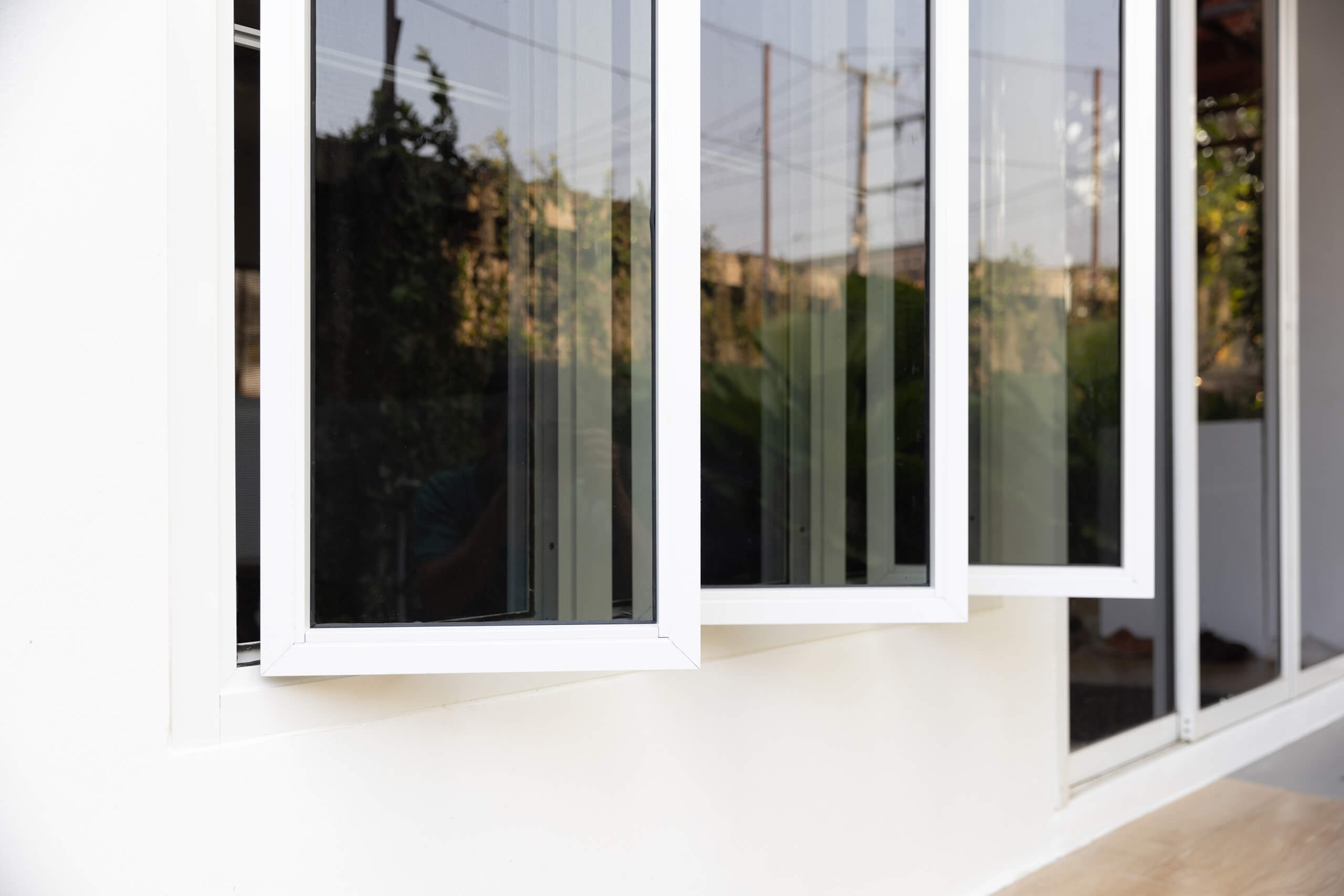
How to Plan a Smart Phasing Strategy
- If you’d like your windows to be consistent throughout the home, tell the window company you’ll be phasing the work. Ask if they foresee any issues matching the same series, colour, grille pattern, glass, and hardware in later phases, and request a physical sample if anything changes.
- Lock in specifications and energy performance. Choose the exact series, frame material, grille pattern, exterior colour, hardware, and glass package, and keep U-factor, Solar Heat Gain Coefficient, and the Canadian Energy Rating (ER) consistent across phases.
- Start with an assessment. Identify windows with rot, failed seals, condensation between panes, drafts, or difficult operation. Bedrooms and main living areas usually deliver the biggest comfort gains.
- Prioritize by exposure and condition. North and west elevations in the Prairies can be hard on windows. Address water-damaged frames and leaking units first to protect the building envelope.
- Group for efficiency. Replace windows by elevation or by room clusters to cut setup time and travel within the home. This keeps labour efficient and finishing details consistent.
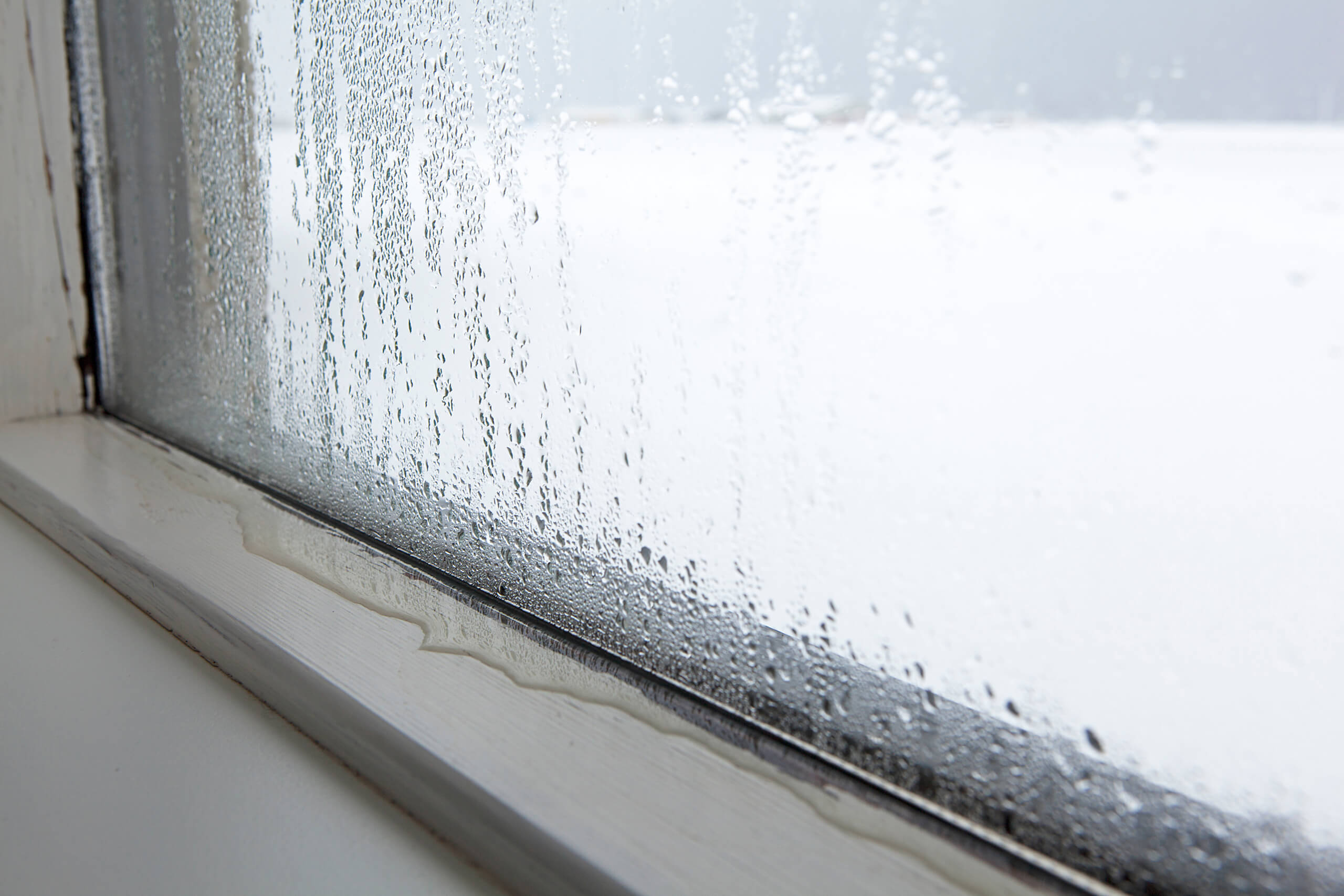
Cost, Disruption, and Scheduling
- Cost per unit. Larger orders usually reduce the price per window because setup, delivery, and waste are spread across more units. With phasing, you can still capture some efficiencies by replacing, for example, all second-storey units together.
- Time on site. A whole-home project is more disruptive for a short period. Phasing spreads smaller disruptions over months or years. Good installers work one opening at a time, protect floors, and minimize heat loss during the swap.
- Seasonal considerations. Winter installations are possible, but plan for slightly longer openings and temporary heat loss at each window. Many homeowners prefer late spring to early fall to keep interiors comfortable during the work.
Quotes often hold about 30 days. Later phases will be re-quoted, so ask the window company to outline lead times and any mobilization charges for each visit.
Warranty and Product Continuity
Manufacturers and installers typically register warranties per order. Keep your paperwork and serial numbers organized so coverage is clear across phases. If you expect a long gap between phases, confirm the product line is not being discontinued, or select a style with long lifecycle support to avoid subtle changes in finish or profile later.
Rebates and Financing
Energy efficiency incentives and financing options change over time in Canada. Check current federal, provincial, municipal, and utility programs before you place orders in any phase. If you plan to claim incentives in stages, confirm that partial projects are eligible and that documentation requirements are met at each step.
How to Decide
Ask yourself:
- Do I need immediate fixes for leaks, rot, or safety, such as egress windows in bedrooms?
- Is my budget better suited to one investment or staged spending?
- Will consistent aesthetics across the front elevation meet my curb-appeal goals for now?
- Can I group work to capture volume pricing in each phase?
- Are there timelines for other projects that make phasing practical?
A Balanced Recommendation
If most windows are past their prime, replacing them all at once usually delivers the best value. If only some are failing, or cash flow is tight, a phased plan works well. Start with the worst units and the rooms you use most, keep specifications consistent, and structure the quote so you understand total and per-phase costs.



